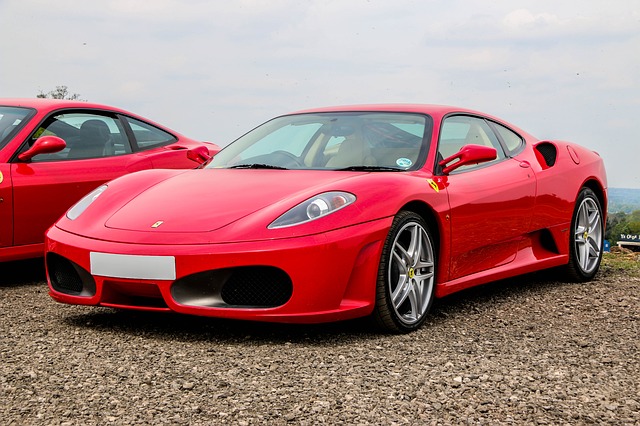The Quick “Pricing Guide” to Harley-Davidson Bikes
Want to learn more about Harley-Davidson motorbikes and how to price them?
If so, keep reading. We’ll provide you a below on everything to know. It’ll help you a lot whether you’re buying or selling a Harley-Davidson motorbike!
The Beginnings
Harley-Davidson company launched in 1903, releasing its first model during that same year. Consider it the first motorbike company to ever exist.
It all began when Arthur Davidson and William Harley decided to put a small motor on a bicycle. That was the first model, and it was actually designed for racing. However, the bike would grow over time for consumer use!
As for the year 2003, Harley-Davidson has celebrated its 100th anniversary, with millions of fans worldwide.
With such a long history, the company decided to open a museum in 2008, showcasing its antique lineup!
What About Harley-Davidson Prices?
If you’re interested in Harley-Davidson prices, then simply check out the Kelley Blue Book.
KBB guide provides values on their bikes, starting from the 1960s models, to today. Plus, you can also fine-tune your search, where you can select by model year, model name, and even engine size.
ALSO READ: Kelley Blue Book Classic Car Value
KBB supplies viewers with both retail and trade-in values. This makes it easier to sift through price tags (as a buyer), while easing the ask/bid setup (for sellers).
Also, the KBB lets its users search bikes by ZIP codes. This lets you see the motorbike price tags in your region, while comparing it to those of others!
Example.
Let’s look at the 165cc A-Topper model.
That bike has a suggested trade-in value between $2500 and $3650, with the difference being related to ZIP codes and condition.
You see, trade-in value factors in how well-maintained a motorcycle is. If it’s excellent, it commands a higher value than good, and so forth.
Another factor that creates such a large price range is mileage. More mileage reduces price. And the same applies to extra options too!
Does Antique Sell for More?
Depends. Not all old models are expensive.
An example is the 2015 FLD Switchback model. In a good condition, it has a trade-in value of $12,000+. As for a 1972 Harley FX, expect a value just under $4000.
There’s a few decades gap between both models. Yet, they command different price tags!
What About the NADA Guide – Does it Offer Harley-Davidson Info?
Yes, it does.
NADA’s guide actually extends further than the KBB, back all the way to the first decade of the 1900s.
For example, NADA had actually listed 1908 Model 4s before (in excellent condition), which were priced at over $130,000 each!
However, do note that older bikes are obviously classics. They’re limited in availability, so you can’t get comprehensive info, like that of newer models.
Back to KBB – How to Calculate Popular Bike Values.
This part is important to read, especially for sellers trying to register models they own online.
To start, enter the manufacturer’s year and model into the KBB’s online database. From there, research the pricing you see for that model.
ALSO READ: Buying a Car in 2019? Here’s a Guide to Help You Out!
The KBB online database provides two kinds of values. One is retail, and the other is trade-in. You can use both to get estimates on how much your desired bike costs.
Price ranges differ widely, especially when condition is factored in. So be sure to find a bike that’s in good to excellent condition.
And if you’re seller, look for a motorbike of the same model that’s in a similar condition to yours.
Either way, it’s best if you focus on retail values. Those provide a good benchmark to check price tags, whether you’re buying or selling.
Also, don’t forget the accessories. The KBB supplies pricing information for many bike accessories (especially model-related).
For example, there are estimates that a 2015 FLS Softail Slim may cost $750 higher in certain states over others. As for anti-lock brakes, some may hike the price by over $400.
The reason this matters is, you may find it cheaper to get your accessories from across state. It’s better than having to buy them locally, if they cost hundreds of dollars more!
How About Trade-In Values?
Depends. As a general rule, those values aren’t important, unless you’re opting for a dealership trade-in.
When researching trade-in values, always keep it local. You want to ensure that you get accurate price tags for your ZIP code.
And don’t forget, there are many factors to consider when looking at trade-in values. There’s the equipment to look at, motorbike condition, and year!


